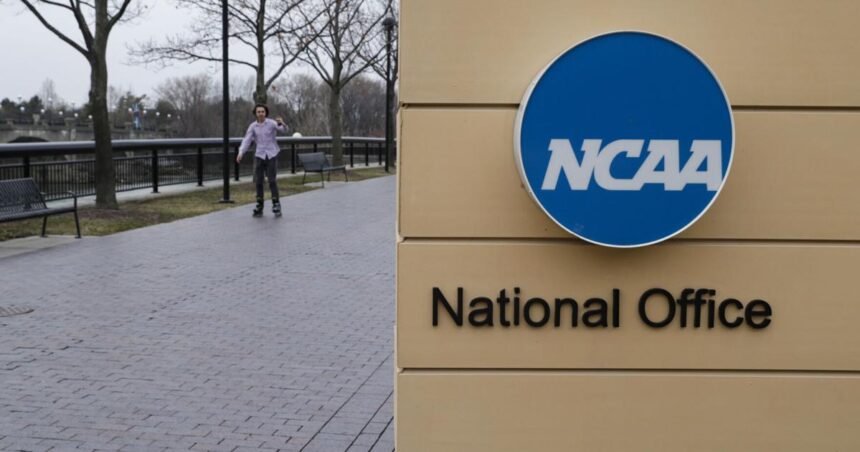Iowa State has already scrapped plans for a new wrestling facility. Texas A&M laid off a dozen or so athletic staffers. That could be the tip of the iceberg when millions in college revenue starts going directly to the athletes and away from escalating coaching salaries, facilities, and growing athletic department staffs.
A revenue-sharing model outlined in last week’s $2.8 billion antitrust settlement proposal from the NCAA and the five largest college conferences would allow schools to each provide up to $21 million annually to athletes or up to 22% of the average power league school’s annual revenue. That means budget wrangling and an untold number of potentially difficult decisions are looming for athletic departments across the country.
“At the end of the day, this is an economic earthquake within the system,” said Andrew Zimbalist, economics professor emeritus at Smith College. “And the system is in a very uncertain and risky and volatile state right now.”
People are also reading…
Realignment, the transfer portal, and the explosion in name, image, and likeness (NIL) compensation have already changed virtually everything about college athletics. Settling the antitrust claims over the next decade brings even more upheaval and signals the end of an amateur athletics model that dates to the NCAA’s founding in 1906.
A settlement being discussed in an antitrust lawsuit against the NCAA and major college conferences could cost billions and pave the way for a new compensation model for college athletes.
Football and basketball powerhouses will still rake in huge annual revenue numbers, but it will now be allocated differently; the where and how is to be determined in the coming months.
“When you have a shift of revenue up to 22% things won’t remain the same,” SEC Commissioner Greg Sankey said at the league’s spring meetings in Destin, Florida. “That predicts that people will have to make decisions. That may be any number of wide range of issues that I haven’t even begun to consider, some of which I can imagine, some of which I’m certain will look at this week and in the weeks that follow.”
Mississippi athletic director Keith Carter said some money going to the donor-backed NIL collectives “in theory will shift over to the athletic department” to boost revenue. Carter also said schools must find ways to cut costs, including putting facilities projects on hold even with new money arriving this year from the SEC’s latest ESPN contract and new $7.8 billion deal between ESPN and the College Football Playoff.
“It’s going to be hodgepodge of finding new revenues and eliminating some expenses,” Carter said. “It’s going to be definitely different at each institution and how they do it.”
Making changes
Schools like Iowa State and Texas A&M have already made changes proactively.
Iowa State athletic director Jamie Pollard scrapped plans for the new wrestling facility, which had been scheduled to open in the fall of 2025. He cited the ”$20 million question” of how to account for direct compensation to athletes.
“It’s going to be a drastic change and that change isn’t going to happen overnight,” Pollard told reporters in early May. “We have a $100 million budget. We don’t have a $120 million budget.”
New Texas A&M athletic director Trev Alberts has already laid off about a dozen staffers. Alberts made it clear at the time the layoffs weren’t related to the $76.8





